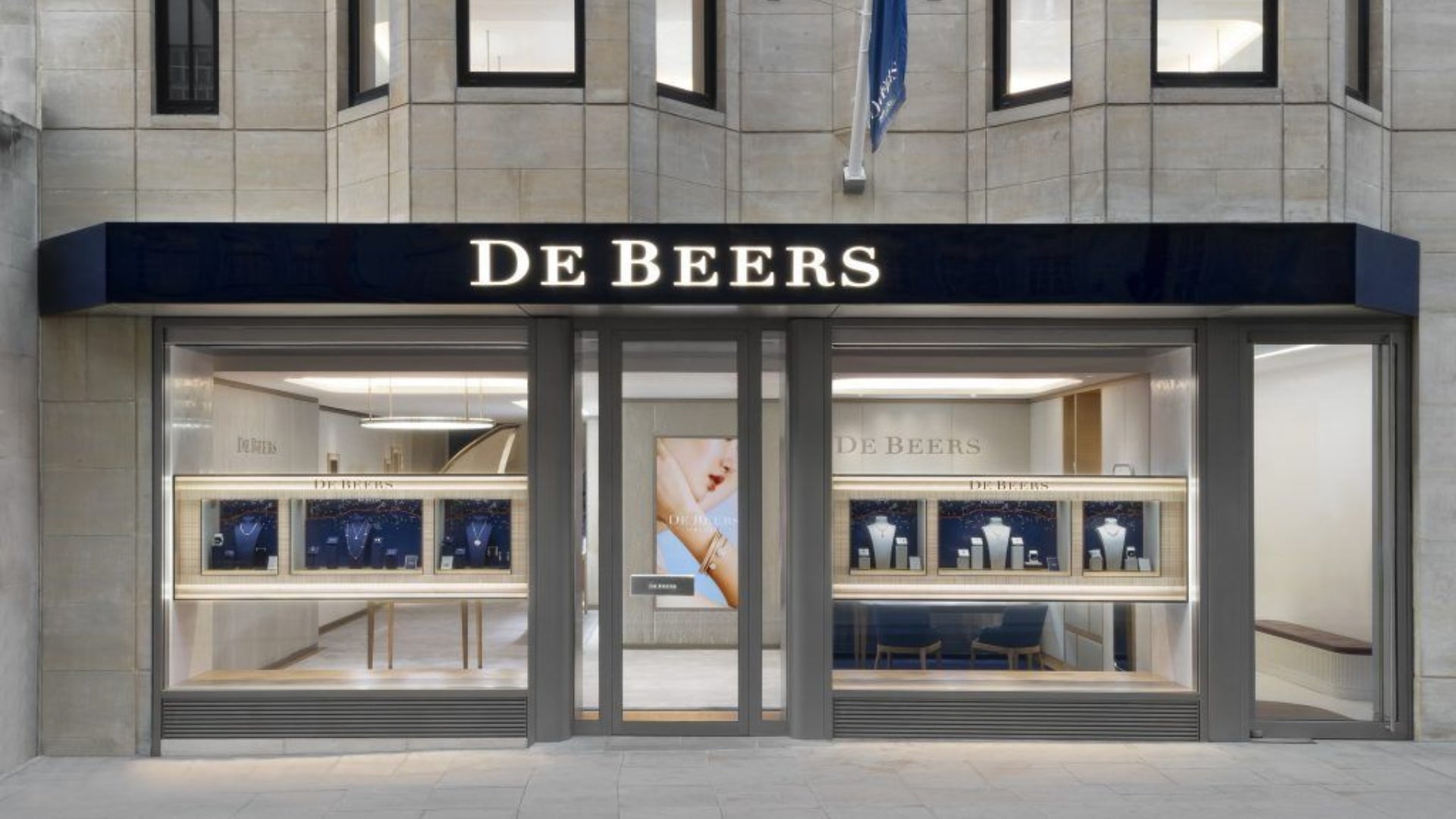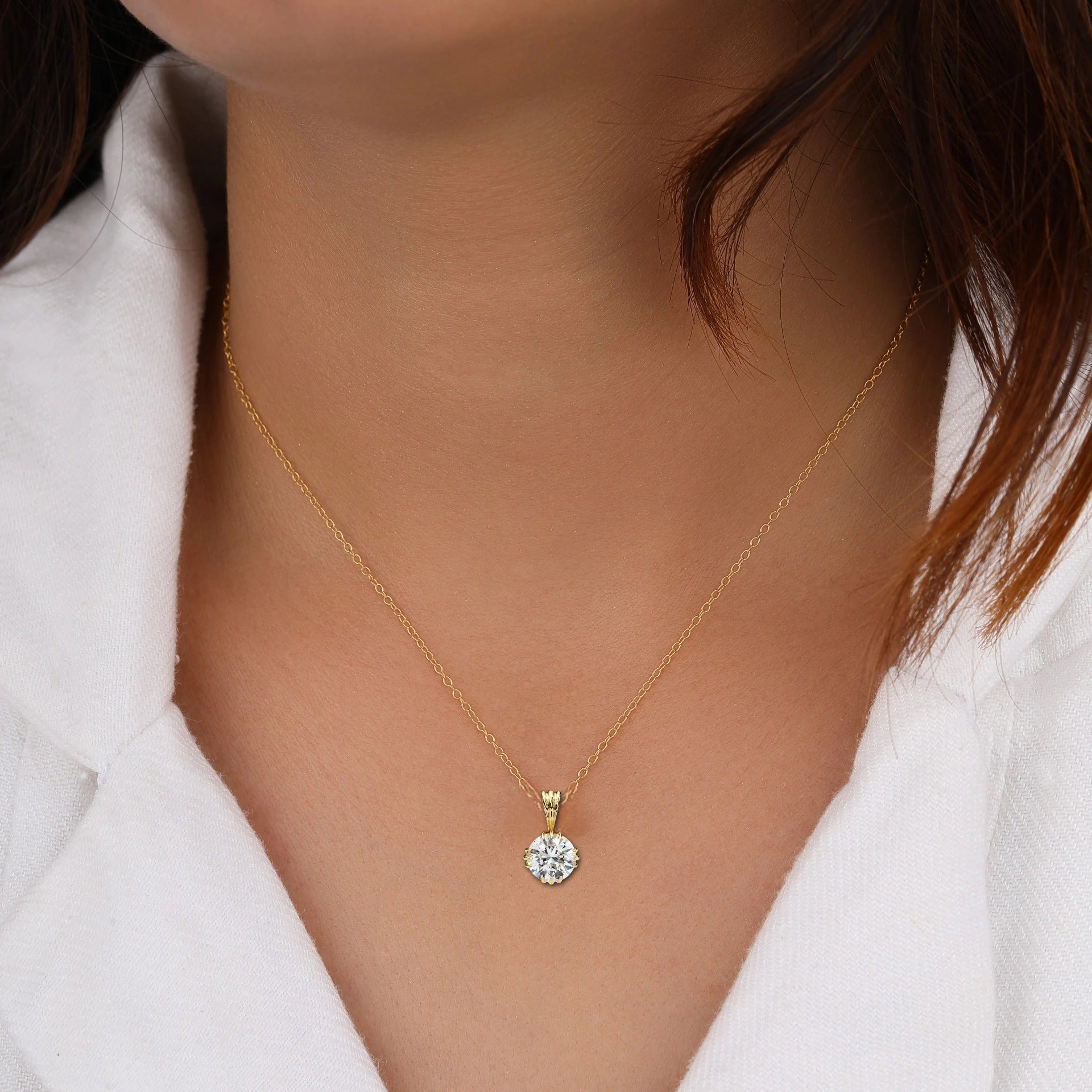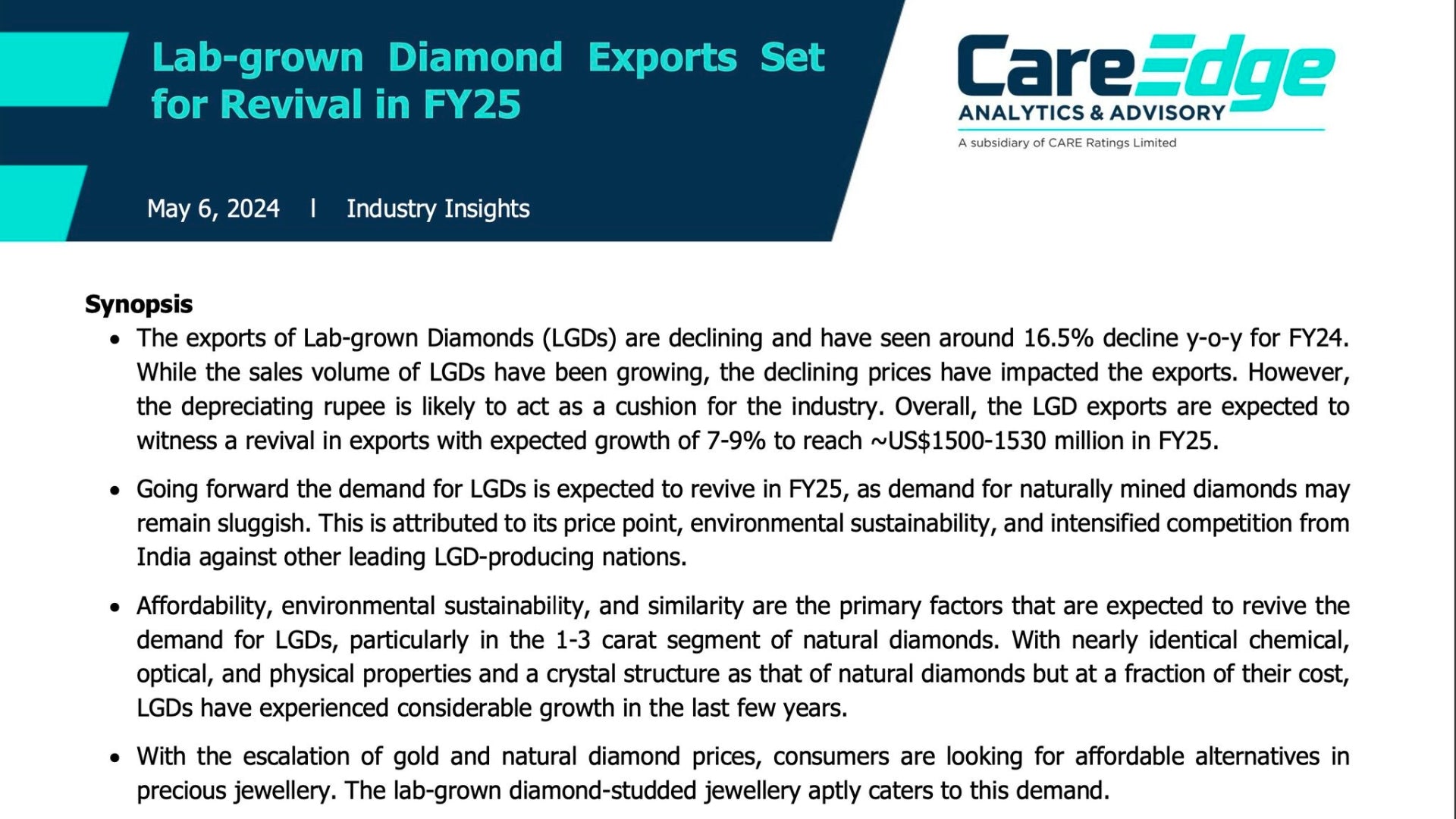Article: De Beers Abandons Lab-Grown Diamonds: A Seismic Shift in the Diamond Industry

De Beers Abandons Lab-Grown Diamonds: A Seismic Shift in the Diamond Industry

The diamond industry is experiencing a significant transformation as De Beers Group, long regarded as the epitome of diamond luxury, announces the discontinuation of its lab-grown diamond line, Lightbox Jewelry. This decision, coming after six years of active participation in the lab-grown diamond market, signals a strategic pivot for the company that once held unparalleled dominance over the global diamond supply chain.
This development has raised profound questions about the future of both natural and lab-grown diamonds, the evolving consumer landscape, and the industry's path toward sustainability and innovation. Let’s dive deeper into the implications of this monumental move and what it means for the diamond market and socially conscious consumers.
De Beers’ Legacy and Its Foray into Lab-Grown Diamonds
For decades, De Beers controlled the diamond market with its unrivaled expertise in mining, marketing, and luxury positioning. Its campaigns, such as the iconic “A Diamond Is Forever,” not only shaped consumer perceptions but also built an enduring association between diamonds and timeless luxury.
However, the emergence of lab-grown diamonds disrupted this status quo. Consumers increasingly sought ethical, eco-friendly, and cost-effective alternatives to natural diamonds, prompting De Beers to introduce Lightbox Jewelry in 2018. Unlike its natural diamond offerings, Lightbox focused on affordability and transparency, positioning lab-grown diamonds as a fashionable yet casual choice.
This foray allowed De Beers to explore a market increasingly defined by millennial and Gen Z consumers’ preference for sustainable and ethically produced goods. But the decision to discontinue Lightbox Jewelry underscores the complexities of integrating lab-grown diamonds into a brand steeped in natural diamond heritage.
Why De Beers Is Stepping Back
De Beers’ decision to exit the lab-grown diamond market is rooted in its desire to preserve the luxury and exclusivity of its natural diamond offerings. Here’s why this shift is significant:
-
Reinforcing Brand Exclusivity
De Beers’ legacy is built on the perception of rarity and timeless value that natural diamonds represent. By focusing solely on natural diamonds, the company aims to protect this perception and maintain its stronghold in the luxury market. -
Market Saturation in Lab-Grown Diamonds
The lab-grown diamond market has seen rapid expansion, with numerous brands entering the space. This saturation may have eroded the premium positioning that Lightbox Jewelry initially sought to establish, making it difficult for De Beers to differentiate its offerings. -
Consumer Expectations
Despite the appeal of lab-grown diamonds as an ethical and affordable option, the shift in consumer demand toward meaningful, long-term investments may have played a role. De Beers likely sees greater alignment between its brand identity and the enduring allure of natural diamonds. -
Strategic Realignment
By retreating from lab-grown diamonds, De Beers can allocate resources to bolstering its natural diamond supply chain, leveraging new mining technologies, and strengthening its branding as the pinnacle of luxury.
The Rise of Lab-Grown Diamonds: A New Consumer Paradigm
As De Beers steps away, the lab-grown diamond market continues to flourish, embraced by brands that align with the values of sustainability, accessibility, and ethical practices. Key reasons for the growth of lab-grown diamonds include:
- Environmental Concerns: Lab-grown diamonds have a significantly lower environmental footprint compared to traditional mining.
- Ethical Sourcing: The absence of conflict zones in their production appeals to socially conscious buyers.
- Affordability: These diamonds offer a more accessible price point without compromising on quality or beauty.
- Customization and Innovation: Advanced technology allows for greater customization, catering to consumers seeking unique and personalized designs.
For millennials and Gen Z consumers, these factors often outweigh the historical prestige associated with natural diamonds. As these demographics continue to drive market trends, brands focusing on lab-grown diamonds are well-positioned to capitalize on this shift.
What This Means for the Diamond Industry
The departure of De Beers from the lab-grown segment doesn’t signal the decline of this market but rather highlights the divergent strategies among diamond brands. Here’s what we can expect:
- Resurgence of Natural Diamonds: De Beers’ renewed focus on natural diamonds may encourage a revival of their allure, especially among traditional luxury consumers.
- Competition Among Lab-Grown Brands: The exit of an industry giant creates opportunities for smaller, dedicated players to strengthen their foothold.
- Increased Polarization: The market will likely see a clearer divide between natural diamond purveyors and lab-grown diamond brands, each catering to distinct consumer bases.
- Consumer Education: As brands vie for attention, educating consumers about the differences between natural and lab-grown diamonds will become a central strategy.
Navigating the Future: Sustainability vs. Luxury
De Beers’ decision prompts critical questions about the future of the diamond industry. Can natural diamonds maintain their exclusivity amid growing demand for sustainability? Will lab-grown diamonds eclipse their mined counterparts in popularity?
For brands, the answer lies in understanding and addressing the nuanced preferences of modern consumers. Luxury today is increasingly tied to ethical and environmental considerations. To remain relevant, diamond brands must evolve by embracing transparency, sustainable practices, and innovative design.
Conclusion: A Strategic Crossroads
The discontinuation of Lightbox Jewelry marks a pivotal moment for De Beers and the diamond industry at large. While De Beers seeks to reaffirm its leadership in natural diamonds, the broader market is witnessing a dynamic shift driven by sustainability and affordability.
As we reflect on this seismic development, it’s clear that the diamond industry is at a strategic crossroads. Brands that succeed will be those that balance tradition with innovation, luxury with sustainability, and exclusivity with inclusivity.
What does this mean for you as a consumer or an industry stakeholder? It’s an opportunity to redefine luxury on your terms, embracing products that align with your values and aspirations.
Stay tuned to Carbonera for more insights as we continue to explore the evolving diamond industry and its implications for the future of ethical luxury.






